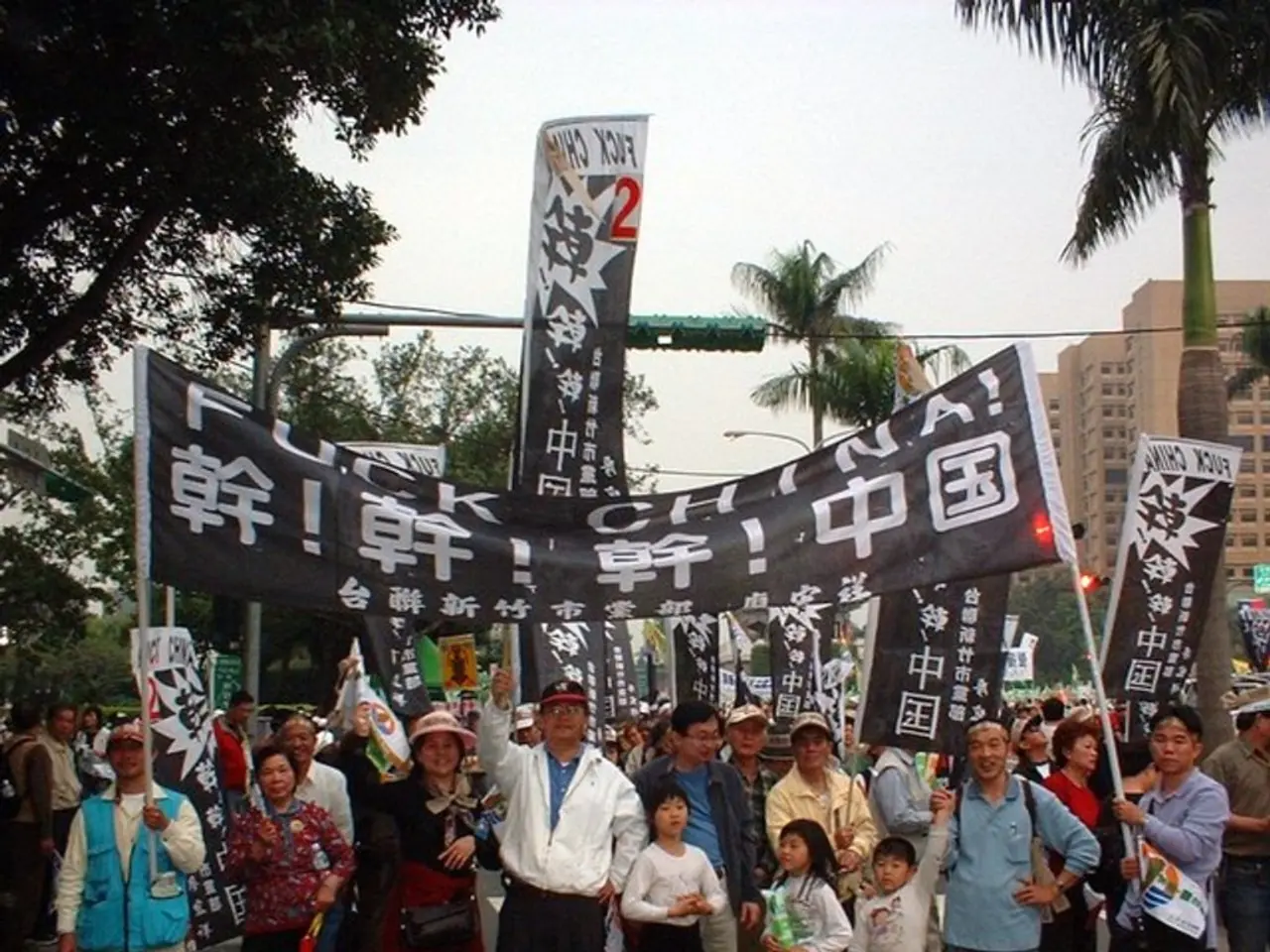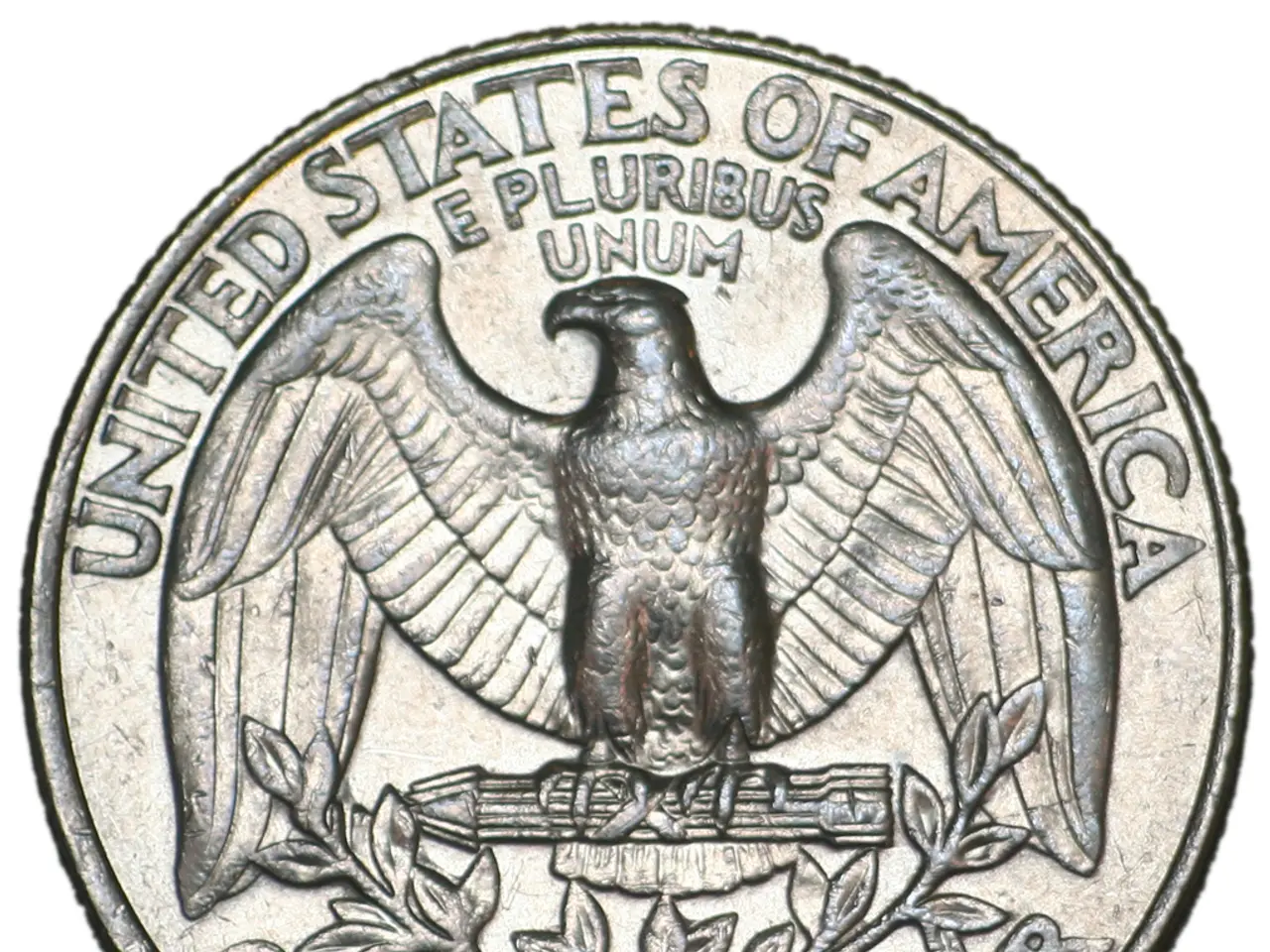Is Cathie Wood's Prediction Accurate Regarding Tesla's Stock Price?
Cathie Wood and her investment firm, ARK Invest, have set a **$2,600 price target for Tesla's stock by 2029**[1][5]. This ambitious projection is based on the belief in Tesla's potential for disruptive innovation, particularly in areas like autonomous robotaxis, artificial intelligence, and energy storage, rather than traditional automotive manufacturing alone.
### **Rationale Behind the $2,600 Target**
**1. Business Model Transformation:** Wood believes that Tesla's future lies in becoming a **software-as-a-service (SaaS) platform**, primarily through its robotaxi and Full Self-Driving (FSD) technologies[1]. If successful, these business lines could generate higher software-like margins compared to traditional car sales.
**2. Autonomous Mobility:** The core of the bullish case is that Tesla will **dominate the autonomous mobility market**, generating recurring software revenue through self-driving taxis and subscription services[1][4]. If Tesla can commercialise autonomous ride-hailing, the company's addressable market and profit margins could expand dramatically.
**3. Energy Storage and AI:** Tesla's involvement in **energy storage (Powerwall, Megapack)** and leadership in **AI for autonomy** are viewed as crucial growth vectors that diversify revenue and reinforce the company's technological moat[3].
**4. Monte Carlo Simulation:** ARK Invest reportedly uses **Monte Carlo simulation** to model a wide range of future scenarios, incorporating probabilities for favourable (and unfavourable) outcomes across Tesla's business lines. This approach allows them to estimate a **base case (most likely)** and **bull/bear scenarios** for the stock price, rather than relying solely on conservative, linear analyst models[1].
## **How Reliable Are Monte Carlo-Based Predictions for Tesla?**
Monte Carlo simulations are often used in finance to account for **uncertainty and risk** by modelling thousands of possible futures based on varying assumptions. However, their reliability for speculative growth stocks like Tesla is a subject of debate.
### **Strengths**
- **Flexibility:** Monte Carlo can model **non-linear growth, black swan events, and multiple revenue streams**—ideal for a company like Tesla that is pursuing several high-risk, high-reward initiatives[1][3]. - **Scenario Planning:** The method provides a **range of possible outcomes**, from bear to bull cases, rather than a single-point estimate. This is valuable for investors with high risk tolerance who seek outsized returns[1][3]. - **Recognition of Disruption:** ARK's model explicitly accounts for the possibility of Tesla **disrupting not only autos but also transportation, energy, and AI markets**.
### **Limitations**
- **Assumption-Driven:** The outcome is only as good as the **underlying assumptions**. If the probability of Tesla achieving full autonomy, for example, is overestimated, the model's outputs will be overly optimistic[1][4]. - **Extreme Volatility:** The 2029 price target implies a **700%+ gain** from current levels, which is far beyond traditional analyst expectations and even most bullish third-party forecasts, most of which remain under $1,000 by 2030[1][4]. - **Lack of Consensus:** Most analysts remain skeptical. Approximately 1/3 of analysts currently rate Tesla a ‘Buy,’ 1/3 ‘Hold,’ and 1/3 ‘Sell,’ reflecting deep uncertainty over both valuation and execution[4]. - **Market Realities:** Historically, **Monte Carlo simulations can't predict black swans, regulatory shifts, or market saturation**—events that could derail even the most promising growth narratives.
## **Conclusion**
**Cathie Wood's $2,600 Tesla price target for 2029 is based on a Monte Carlo-driven scenario where Tesla transitions from an automaker to a dominant AI-powered mobility and energy platform, with high-margin software recurring revenue**[1]. While this method allows for creative, non-linear modelling of disruptive potential, **such forecasts are highly speculative and hinge on optimistic, uncertain assumptions**. They are best viewed as **plausible, but far from guaranteed**—especially in the face of execution risks, regulatory challenges, and competitive pressure[1][3][4].
For long-term, risk-tolerant investors willing to bet on massive disruption, Monte Carlo-based predictions may offer a compelling framework. For others, the **wide spread of analyst targets** and **lack of consensus** highlight the inherent uncertainty surrounding such forecasts[4].
It's important to note that the bear case scenario for Tesla's stock price in 2026, as projected by Ark Invest in 2022, is $3,100. Additionally, it should be acknowledged that the modeling itself is almost certainly wrong due to its reliance on hard-to-predict variables. For instance, in 2021, Ark predicted that Tesla's stock price would be around $1,500 in 2025, while in 2022, they predicted that it would be around $2,900 in 2026. These predictions underscore the challenges in predicting Tesla's stock price accurately.
- Cathie Wood's investment firm, ARK Invest, envisions Tesla transforming into a software-as-a-service (SaaS) platform, primarily through its robotaxi and Full Self-Driving (FSD) technologies, as part of a strategy to generate higher software-like margins compared to traditional car sales.
- ARK Invest bases its price target of $2,600 for Tesla's stock by 2029 on a bullish case that Tesla will dominate the autonomous mobility market, generating recurring software revenue through self-driving taxis and subscription services.
- Tesla's involvement in energy storage (Powerwall, Megapack) and leadership in AI for autonomy are viewed as crucial growth vectors that diversify revenue and reinforce the company's technological moat.
- To model a wide range of future scenarios, ARK Invest reportedly uses Monte Carlo simulation, incorporating probabilities for favourable and unfavourable outcomes across Tesla's business lines, allowing them to estimate a base case (most likely) and bull/bear scenarios for the stock price.
- Technology investments, such as electric vehicles and autonomous driving, may have significant implications for the future of the finance and lifestyle sectors, as they intersect with emerging trends like smart cities and the Internet of Things, offering potential avenues for investors to explore.




